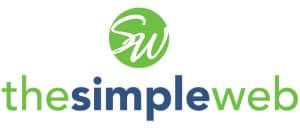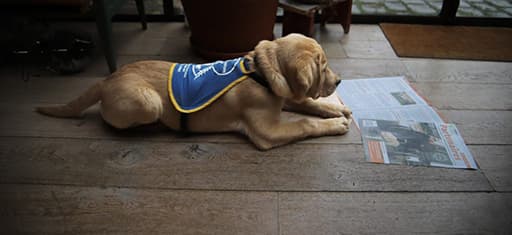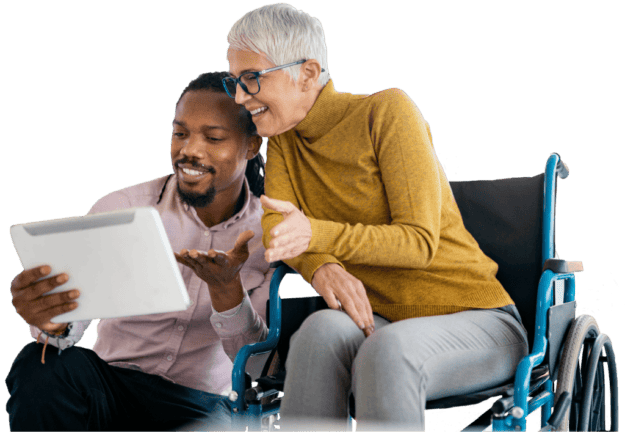Grackle Docs Lösungen für Dokument- und Webzugänglichkeit
Der Komplettanbieter für digitale Barrierefreiheit
GrackleDocs Inc. ist ein führender Anbieter von Software und Dienstleistungen, die digitale Inhalte für jeden zugänglich machen, unabhängig von seinen Fähigkeiten.
Wir unterstützen Ihr Unternehmen bei der Verwirklichung seiner Ziele in Bezug auf die digitale Barrierefreiheit mit unserem umfassenden Produkt- und Dienstleistungsangebot.

Zugänglichkeitslösungen für Google Workspace
Grackle ArbeitsbereichMit unseren Tools können Sie problemlos einzelne Dateien oder Dateien auf einer ganzen Website testen, um die Einhaltung der Vorschriften zu gewährleisten.
Ein One-Stop-Shop für barrierefreie Website-Bedürfnisse
Web-PrüfungAUDIT ist der hybride Ansatz von GrackleDocs für die Barrierefreiheit im Internet, der manuelle und automatisierte Prüfungen der Einhaltung von Vorschriften und die Überwachung von Websites ermöglicht.
Umfassende Dienstleistungen zur Dokumentensanierung
PDF-SanierungMit unseren Schulungsinstrumenten können Sie lernen, wie Sie Ihre Dokumente und Ihre digitale Präsenz zugänglich machen können.
Millionen von Dokumenten sind bereits gegrackt worden!
Eine kleine Auswahl dessen, was unsere zufriedenen Kunden über GrackleDocs zu sagen haben

Columbus State Universität
Liebes Grackle-Team, wir sind Ihnen sehr dankbar, dass Sie uns die Grackle-Produktsuite zur Verfügung stellen. An der Columbus State University empfehlen wir GrackleDocs häufig Fakultätsmitgliedern, die ihre Kursinhalte für Online-Kurse vorbereiten.
Das Design macht die Behebung von Zugänglichkeitsproblemen klar und einfach. Wenn ein Problem gefunden wird, bietet die Schnittstelle einen Link zu dessen Standort und Methoden zur Behebung des Problems. Dann führen Sie einfach eine erneute Prüfung durch. Es ist so einfach zu bedienen! Wir freuen uns schon darauf, sie mit allen Google-Produkten auszuprobieren. Nochmals vielen Dank!

Das einfache Web
Die Benutzeroberfläche von Grackle Docs zeigt Fehler in der Zugänglichkeit von Dokumenten an und führt Sie durch die Behebung dieser Fehler. Der Prozess ist sehr einfach und ermöglicht es Ihnen, mit einem Mausklick ein barrierefreies PDF zu erstellen.
Nachdem ich mit Grackle Docs in einem Monat über 250 barrierefreie PDFs exportiert habe, bin ich beeindruckt und erleichtert, dass ich so ein fabelhaftes Add-on zu Google Docs habe. Die Mitarbeiter von Grackle Docs reagieren auf Supportanfragen prompt, gründlich und höflich.
Verband der Blindenhunde in Lyon
Unsere Organisation stellt sehbehinderten Menschen kostenlos Blindenhunde zur Verfügung, damit sie sich unabhängig bewegen können.
Aber trotz beharrlicher Bemühungen ist es uns nicht gelungen, unseren Hunden das Lesen beizubringen. Um also Dokumente zu erstellen, die für unsere Begünstigten zugänglich und leicht zu lesen sind, assoziieren wir einen Grackle mit dem Hund.
Dies ist eine sehr benutzerfreundliche Lösung in unserer Google Workspace-Umgebung. Der Return on Investment ist hervorragend und die Kombination von Google Docs und Grackle funktioniert wunderbar.

Region 10 ESC
Als gemeinnützige Bildungseinrichtung mit begrenztem Budget suchten wir nach einer erschwinglichen Lösung, um die Web Content Accessibility Guidelines (WCAG) 2.0 für unsere G Suite-Ausgabe zu implementieren und die Anforderungen der OCR-Konformität zu erfüllen.
Wir haben nichts anderes gefunden, das so gut und kostengünstig funktioniert wie Grackle Suite, um unsere Google Docs, Sheets und Slides zu verbessern. Meine Schüler, denen ich Barrierefreiheit beibringe (Mitarbeiter der Region 10), mögen es und finden, dass es einfach zu erlernen und zu benutzen ist. Ich kann Grackle nur empfehlen.
